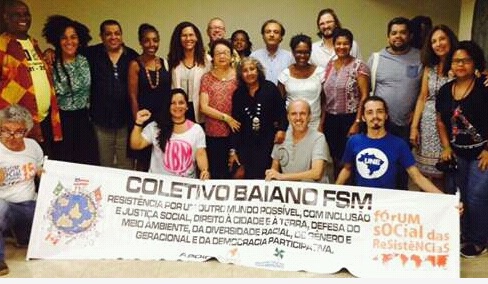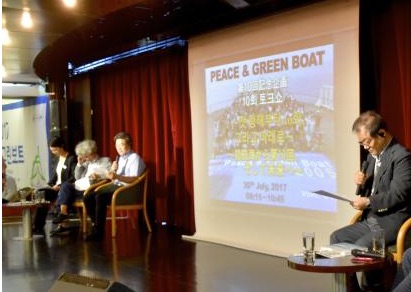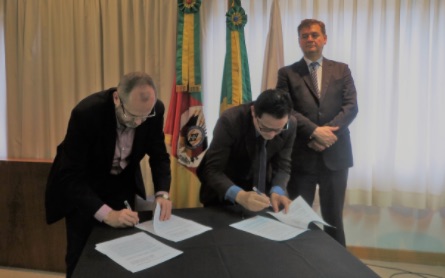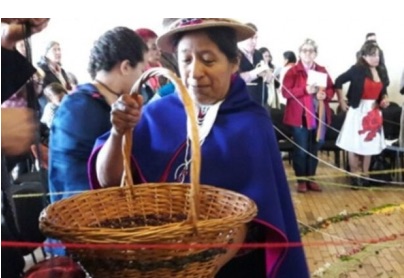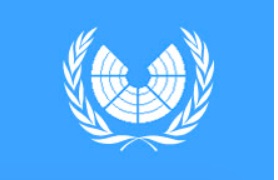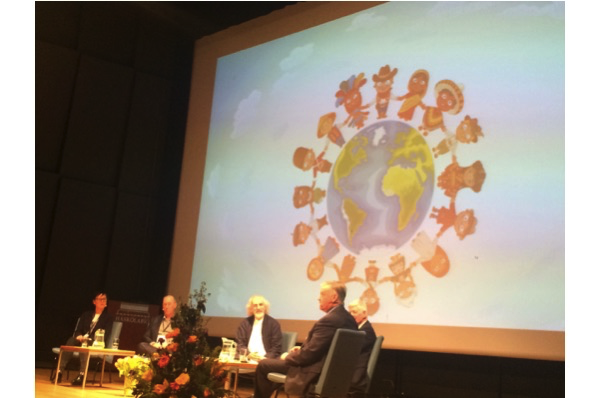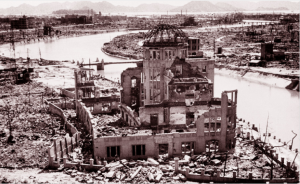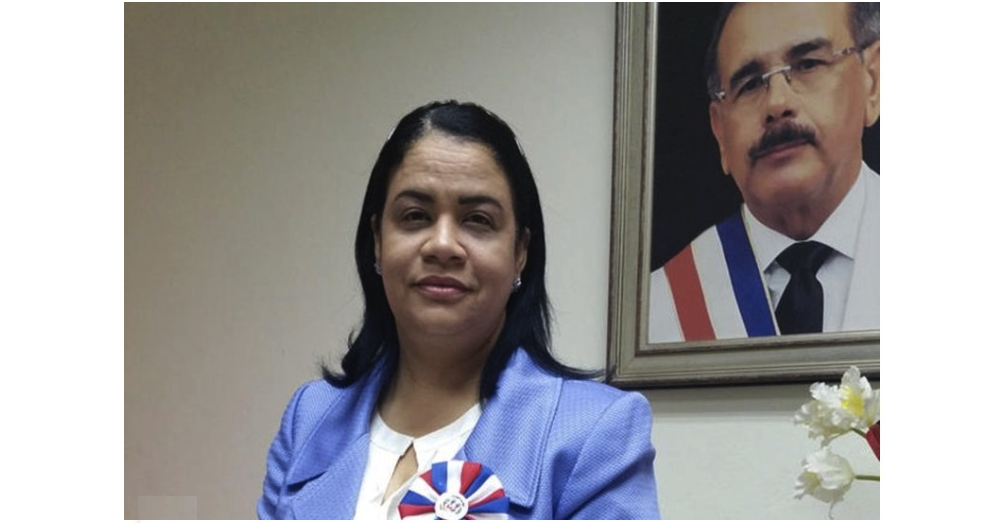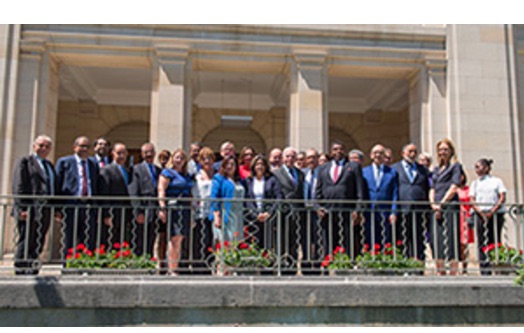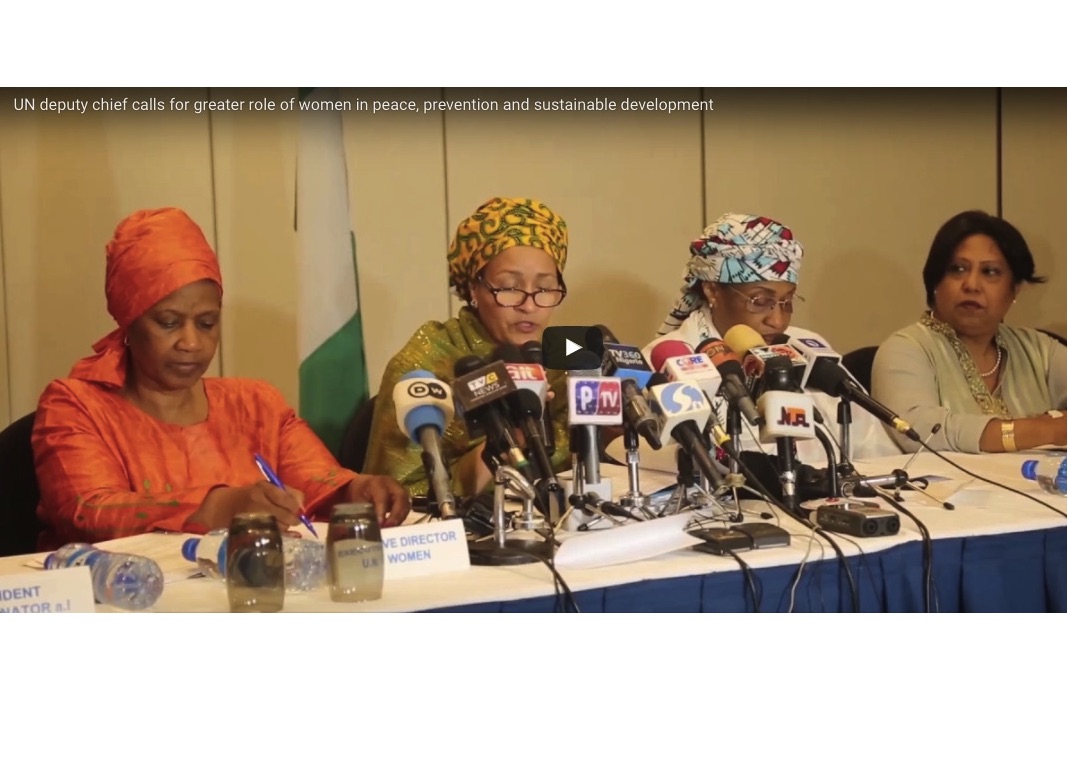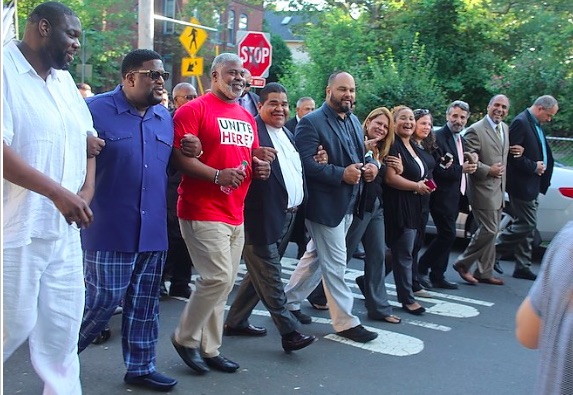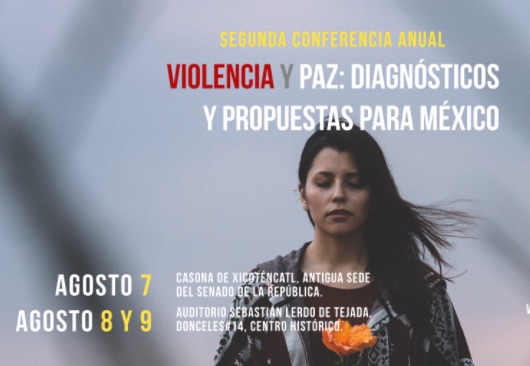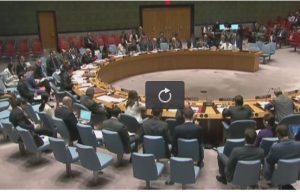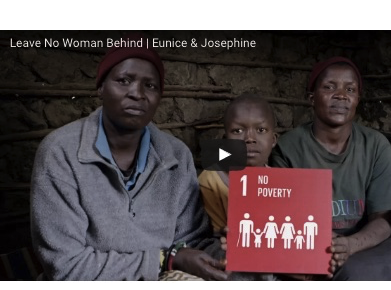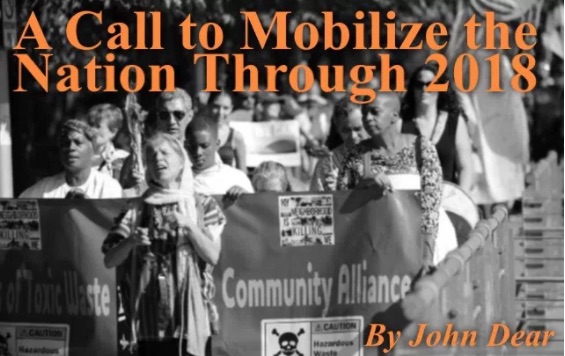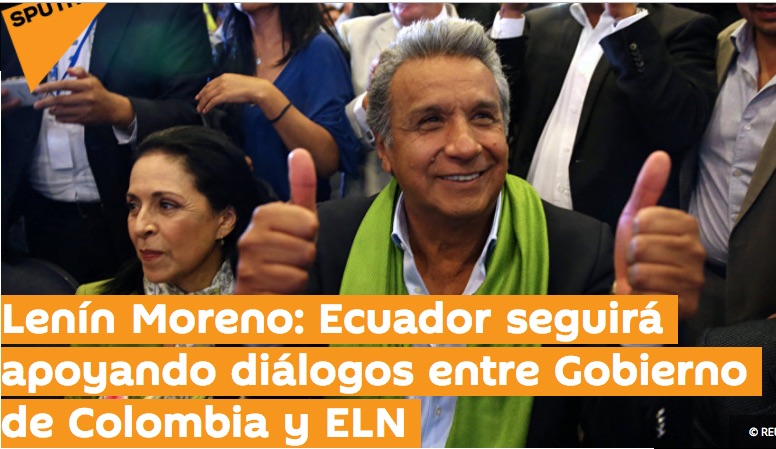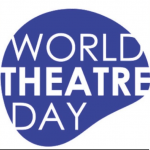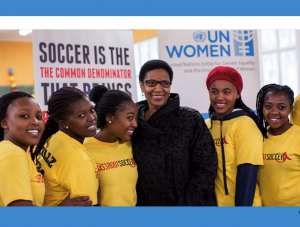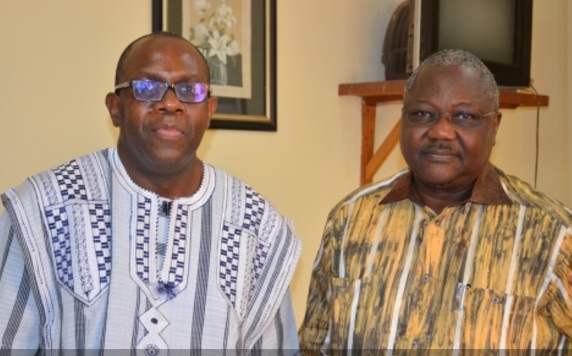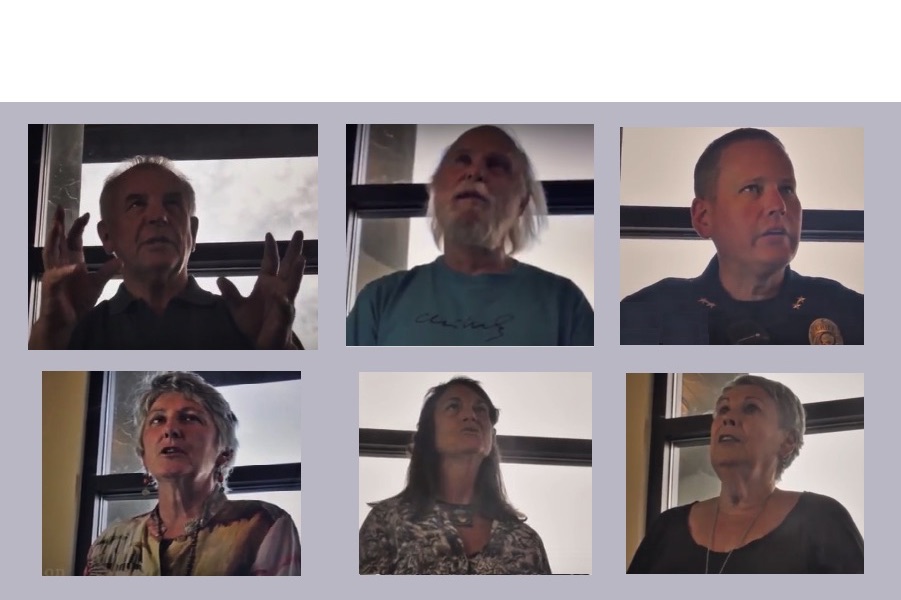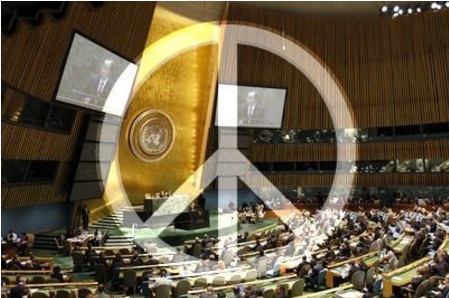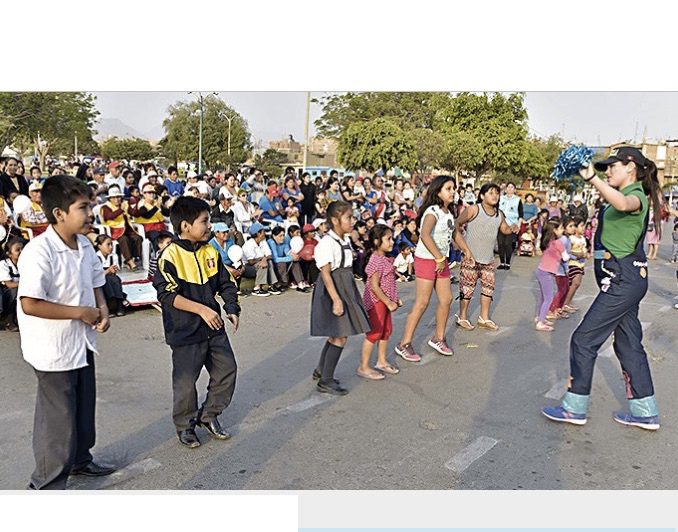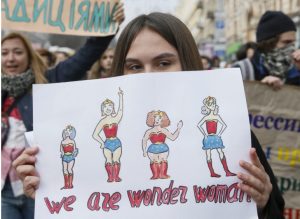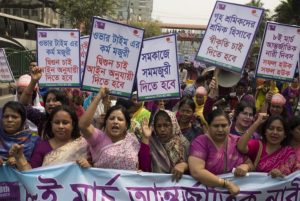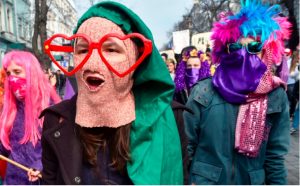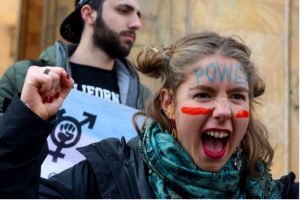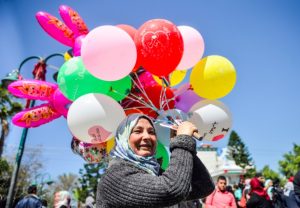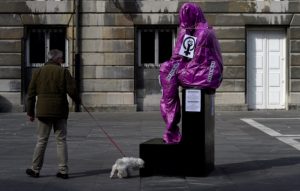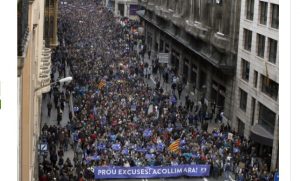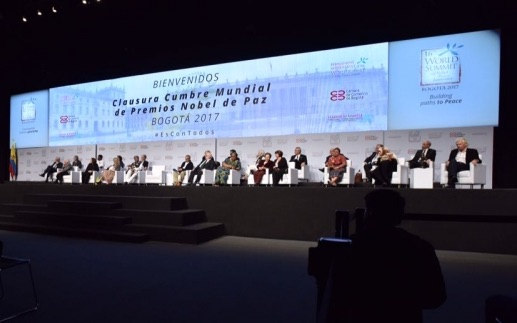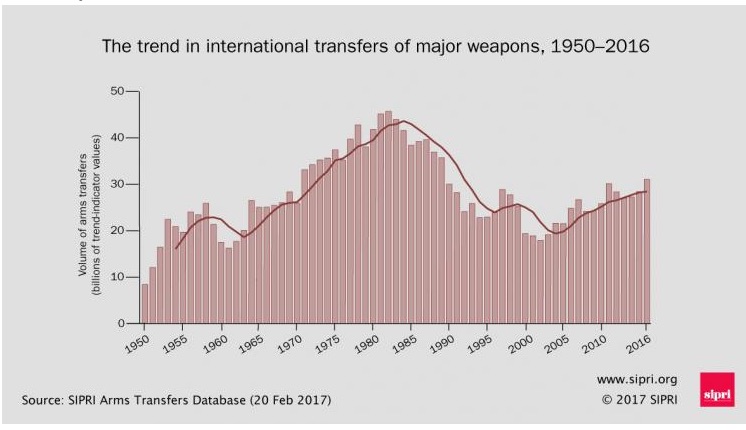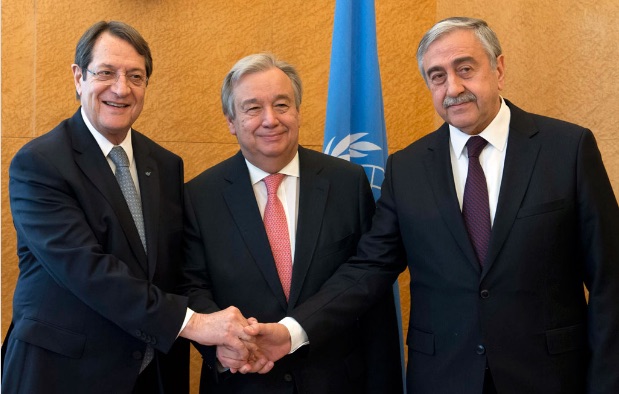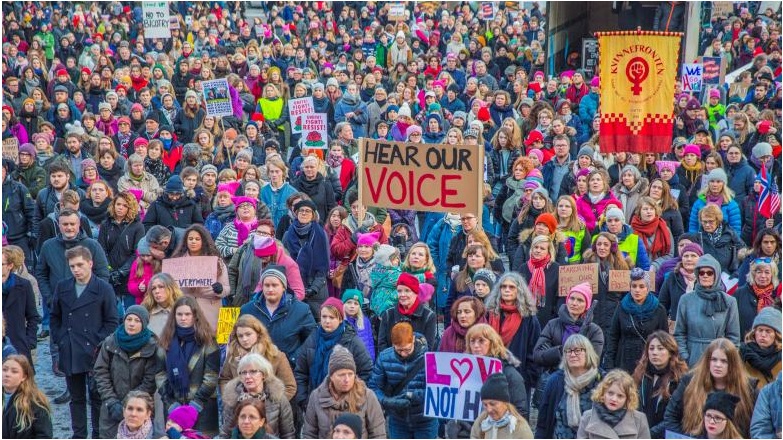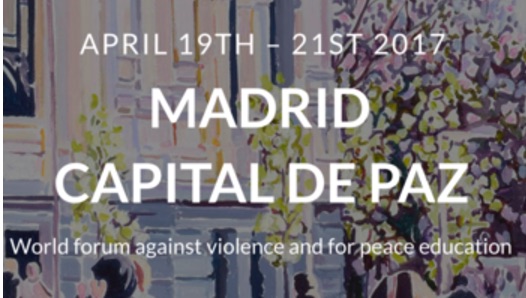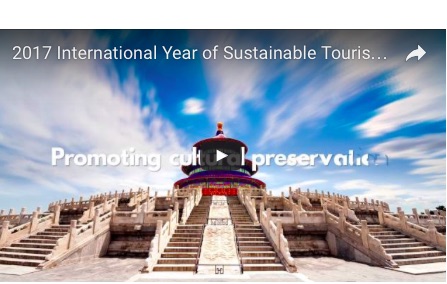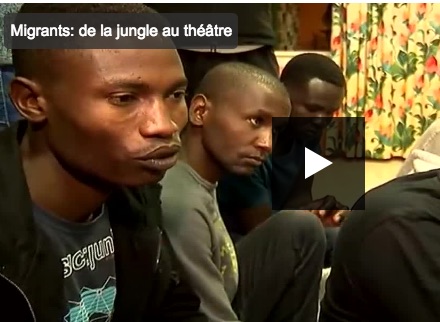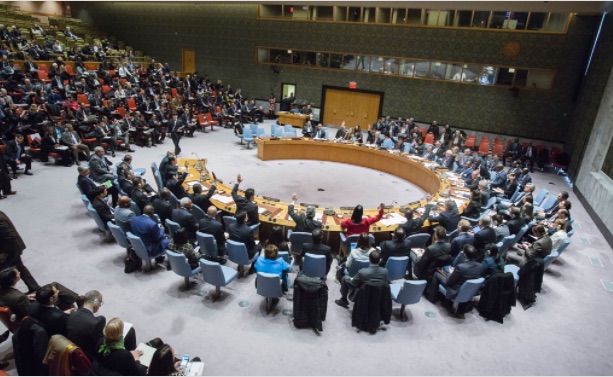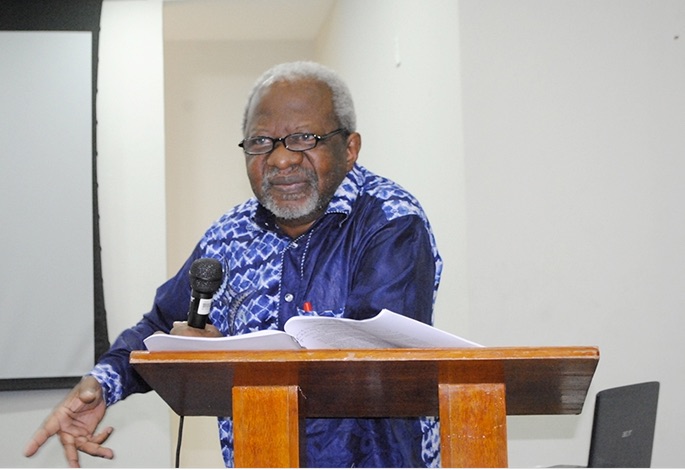.. SUSTAINABLE DEVELOPMENT ..
An article from the Transcend Media Service
Nuclear power was born in a sea of euphoria out of a collective American guilt over dropping the atomic bomb. And for at least two decades it was the “clean” alternative to coal that was going to meet all of our energy needs forever. The Three Mile Island meltdown, in 1979, ended the euphoria but the dream continued and it still goes on without much regard to contrary facts.
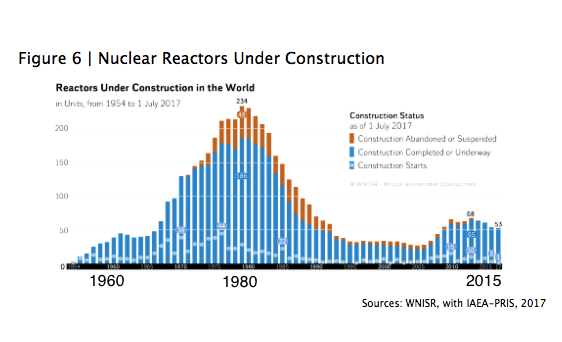
(click on image to enlarge)
The opponents of nuclear power have shown a similar disregard for changing facts. They largely ignored the fact that many well-meaning people viewed local air pollution and climate change more of a danger than nuclear. In those years shutting down a nuclear plant did mean increased emissions of local pollutants and green house gases.
The debate about nuclear power was similar to talking about a religion. It was seldom grounded in all the relevant facts- each side had a religious belief in their point of view boosted by whatever ad hoc facts supported their view.
Because of that history, this 2017 World Nuclear Industry Status Report is perhaps the most decisive document in the history of nuclear power. The report makes clear, in telling detail, that the debate is over. Nuclear power has been eclipsed by the sun and the wind. These renewable, free-fuel sources are no longer a dream or a projection-they are a reality that are replacing nuclear as the preferred choice for new power plants worldwide.
(Continued in right column)
Are we making progress in renewable energy?
Is there a future for nuclear energy?
(Continued from left column)
It no longer matters whether your greatest concern is nuclear power or climate change the answer is the same. The modern-day “Edisons” have learned to harness economically the everlasting sources of energy delivered to earth by Mother Nature free of charge.
The value of this report is that this conclusion no longer relies on hope or opinion but is what is actually happening. In country after country the facts are the same. Nuclear power is far from dead but it is in decline and renewable energy is growing by leaps and bounds.
The entire Report is must reading so that the facts of nuclear decline in the U.S., Germany, Japan, and France –indeed just about every country- really sinks in. It is more than symbolic that the Japanese Government has formally accepted the death of its breeder reactor, which was the original holy-grail of nuclear power.
Most revealing is the fact that nowhere in the world, where there is a competitive market for electricity, has even one single nuclear power plant been initiated. Only where the government or the consumer takes the risks of cost overruns and delays is nuclear power even being considered.
The most decisive part of this report is the final section- Nuclear Power vs Renewable Energy Development. It reveals that since 1997, worldwide, renewable energy has produced four times as many new kilowatt-hours of electricity than nuclear power.
Maybe the Revolution has not been televised, but it is well underway. Renewable energy is a lower cost and cleaner, safer alternative to fossil fuels than nuclear power.
The world no longer needs to build nuclear power plants to avoid climate change and certainly not to save money. If you have any doubt about that fact please read the World Nuclear Industry Status Report 2017.

